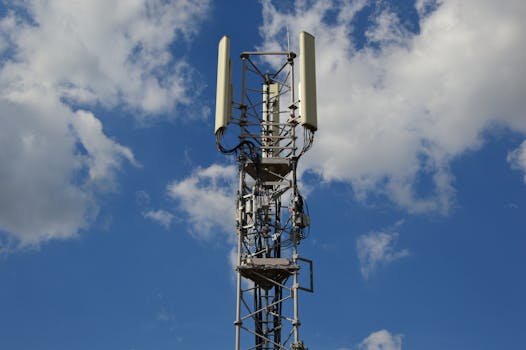
GEO Satellites: Understanding the Technology and Applications of Geostationary Earth Orbit Satellites
GEO satellites, or geostationary earth orbit satellites, are a type of satellite that orbits the Earth at an altitude of approximately 36,000 kilometers, which is about 1/10 of the way to the Moon. At this altitude, the satellite’s orbital period matches the Earth’s rotational period, allowing it to remain stationary in the sky relative to a fixed point on the Earth’s surface. This unique characteristic makes GEO satellites ideal for a wide range of applications, including telecommunications, weather forecasting, and Earth observation.
GEO satellites have been in use for several decades, with the first geostationary satellite, Syncom 2, launched in 1963. Since then, the technology has evolved significantly, with modern GEO satellites offering much higher bandwidth and more advanced capabilities. Today, there are hundreds of GEO satellites in orbit, providing a wide range of services including television broadcasting, internet connectivity, and weather forecasting.
How GEO Satellites Work
GEO satellites work by transmitting and receiving signals to and from Earth stations, which are typically located on the ground or in a fixed location. The satellite acts as a repeater, amplifying the signal and re-transmitting it back to Earth. This allows the signal to be received by a wide area, making it ideal for applications such as television broadcasting and telecommunications.
The satellite’s orbit is not perfectly circular, which means that it appears to be slightly elliptical from the Earth’s surface. This elliptical shape is due to the gravitational pull of the Earth and the Sun, as well as the satellite’s own velocity. To maintain its position, the satellite must constantly make adjustments to its orbit, using small thrusters to keep itself on station.
Applications of GEO Satellites
GEO satellites have a wide range of applications, including telecommunications, weather forecasting, and Earth observation. In the field of telecommunications, GEO satellites are used to provide internet connectivity, television broadcasting, and mobile phone services. They are particularly useful in areas where it is difficult or expensive to install fiber optic cables or other forms of terrestrial infrastructure.
In the field of weather forecasting, GEO satellites are used to monitor cloud patterns, track storms, and predict weather patterns. They are equipped with specialized instruments such as radiometers and spectrometers, which allow them to measure the temperature and humidity of the atmosphere, as well as the movement of clouds and other weather systems.
GEO satellites are also used for Earth observation, providing high-resolution images of the Earth’s surface. These images are used for a wide range of applications, including mapping, land use planning, and disaster response. They can also be used to monitor environmental changes, such as deforestation, ocean currents, and climate change.
Benefits and Challenges of GEO Satellites
GEO satellites offer a wide range of benefits, including global coverage, high bandwidth, and reliability. They are particularly useful in areas where it is difficult or expensive to install terrestrial infrastructure, such as in remote or rural areas. They are also relatively low maintenance, as they do not require the installation and maintenance of fiber optic cables or other forms of terrestrial infrastructure.
However, GEO satellites also have some challenges, including the high cost of launch and maintenance, as well as the risk of signal interference and jamming. They are also subject to the effects of space weather, such as solar flares and coronal mass ejections, which can cause signal disruptions and other problems.
Despite these challenges, GEO satellites remain a crucial part of modern telecommunications and Earth observation. As technology continues to evolve, it is likely that we will see even more advanced capabilities and applications for GEO satellites in the future.
